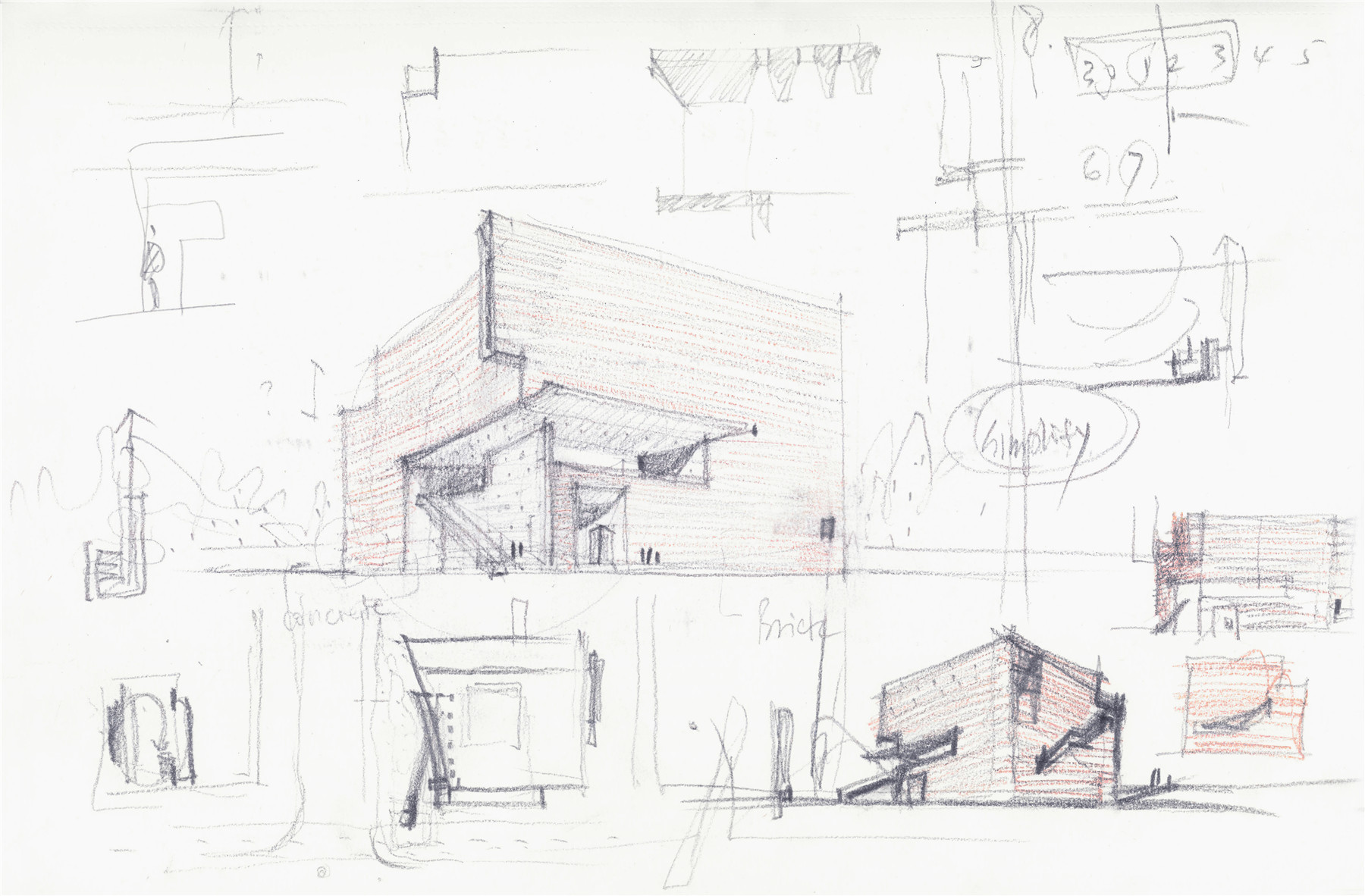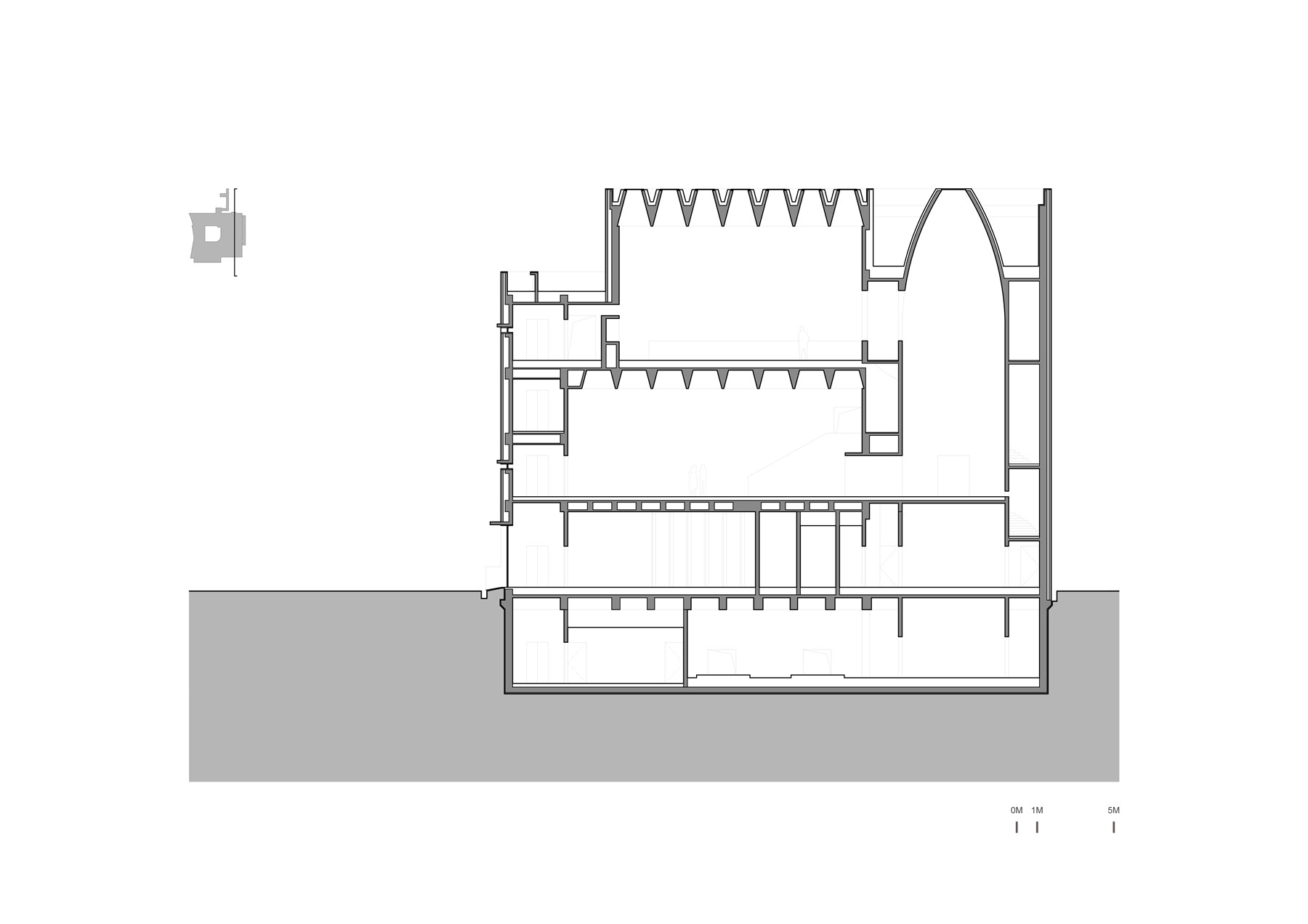直向新作首发 |
您所在的位置:网站首页 › 山西名胜风景美术作品 › 直向新作首发 |
直向新作首发
|
直向新作首发 | 长江美术馆:沉默的“砖”
直向新作首发 | 长江美术馆:沉默的“砖”
编辑:赵磊 | 校对:崔婧 |
2019.10.28 17:45
编者按:
在长江美术馆落成的背后,是一场历时逾4年的空间研究,一次基于北方城中村空间记忆的更新实验。
2015年,有方受千渡房地产委托,对长江村进行了三次深度调研,并受甲方委托遴选建筑师,对长江村地块中的4个公共建筑进行直接委托,以“千渡·东山晴建筑实践展”探索中国集群建筑设计的新模式。最终,董功受邀设计长江美术馆、华黎受邀设计小学、李兴钢+则景建筑受邀设计综合楼、程艳春受邀设计幼儿园。
长江美术馆是“千渡·东山晴建筑实践展”的首个正式竣工项目。本文为该项目的首次正式发布。
 鸟瞰 摄影:陈颢 鸟瞰 摄影:陈颢设计单位 直向建筑 项目地点 山西省太原市杏花岭区长江村,中国 建筑面积 3900平方米 建成时间 2019年9月
长江美术馆,位于山西省太原市东北角的长江村。 Changjiang Art Museum is located in Changjiang village at the northeast corner of Taiyuan, Shanxi Province.
▲ 建造实录
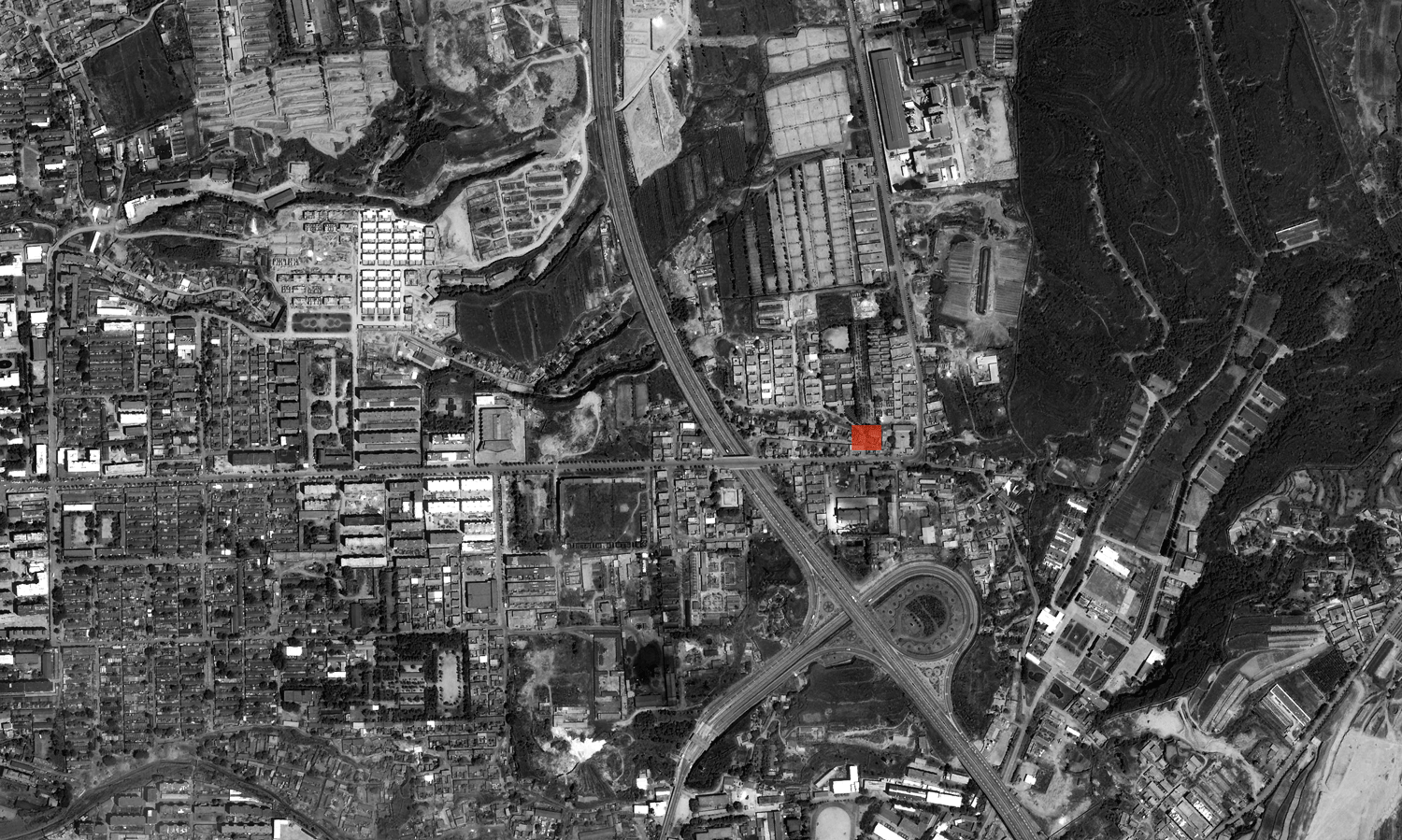 长江村近十五年变迁 长江村近十五年变迁2016年,长江村像中国其他千万个村落一样,因城市建设的原因被抹为平地。承载着人们日常生活记忆的土地,发生了断裂式的变化。美术馆作为公众共享的文化空间,将以当代的方式回应、纪念这片土地上所发生过的故事。 Similar to any other Chinese villages, this village was razed in 2016 to give way to the full speed urban development. The spatial context that once inscribed the memory of people’s everyday lives were deprived and fractured. Changjiang Art Museum, as a cultural and shared space that will serve the public in the future, attempts to establish a contemporary response commemorating the traces and atmosphere of the human construction that ever existed on this piece of earth.
 鸟瞰 摄影:陈颢 鸟瞰 摄影:陈颢美术馆位于新建社区南端边界,与城市紧邻。所以,建筑怎么连接社区和城市是我们关注的问题之一。美术馆西南侧主楼梯从城市街道开始向上爬升,通向二层户外活动平台。平台成为一个被架起的广场,再通过北侧的连桥延伸到社区。这条外部穿越的公共流线,完全独立于馆内的展览流线,二者共同服务于城市公众和社区居民。 The Museum is situated at the southern edge of a newly constructed residential community, adjacent to the urban gird. Therefore, how to make the museum function as a linkage between the community and the city turns to be one of the major issues we concern. At the lower level of the building, we carve out the space at the southwest corner for an outdoor staircase, landing to the street level and leading up through the museum to an open terrace. The terrace at the second level becomes a raised-up plaza with a tree courtyard in the center, allowing for public activities and further connecting to the northern community across the street via a footbridge. This exterior crossing circulation is public and independent from the route in the museum. Both of them accommodates the use for the general visitors and local residents.
 入口 摄影:陈颢 入口 摄影:陈颢 室外平台 摄影:陈颢 室外平台 摄影:陈颢 北立面近景 摄影:陈颢 北立面近景 摄影:陈颢
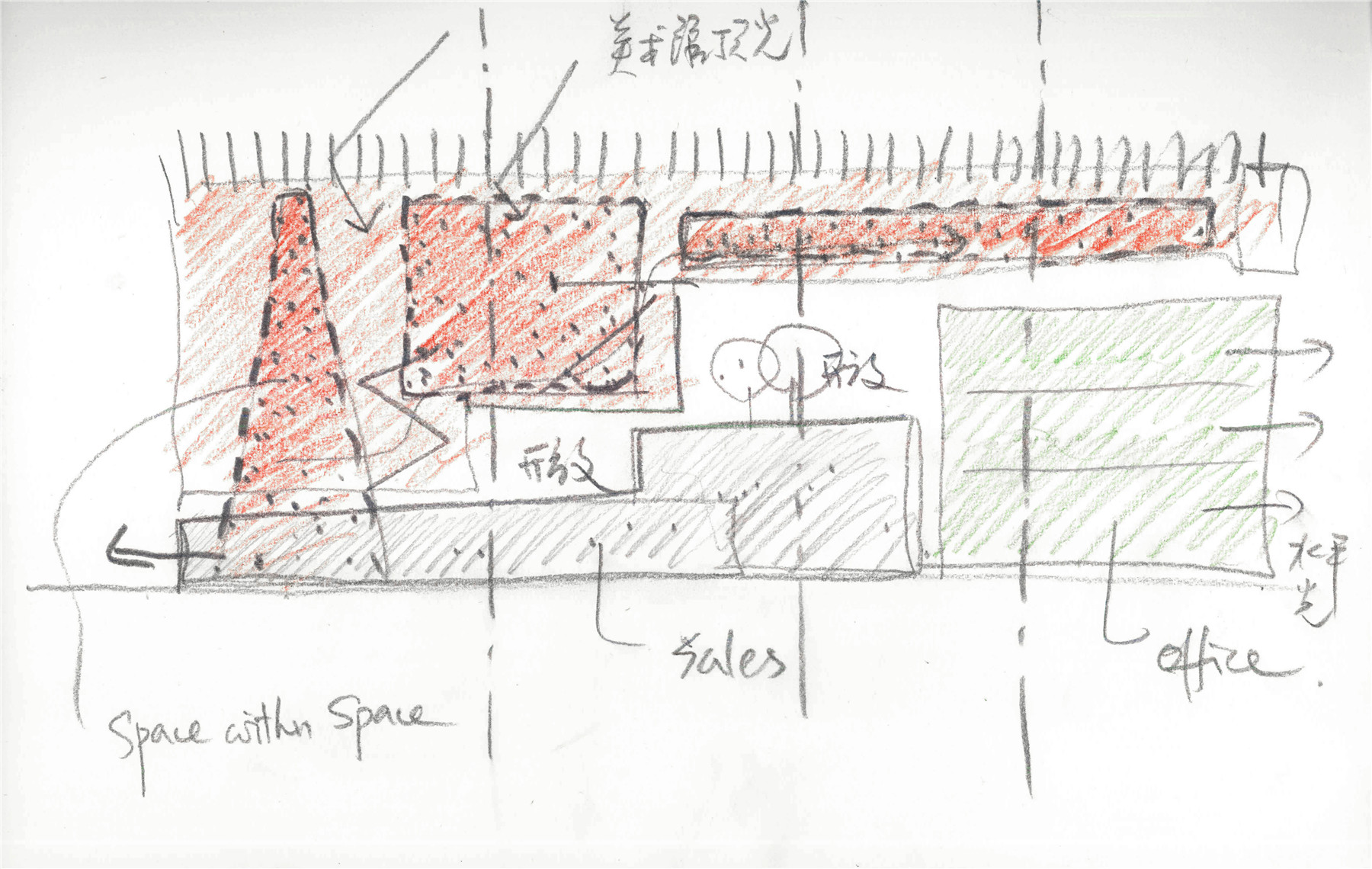 草图 ©直向建筑 草图 ©直向建筑 南立面近景 摄影:陈颢 南立面近景 摄影:陈颢 入口近景 摄影:陈颢 入口近景 摄影:陈颢 西立面近景 摄影:陈颢 西立面近景 摄影:陈颢 室外平台 摄影:陈颢 室外平台 摄影:陈颢 室外平台 摄影:陈颢 室外平台 摄影:陈颢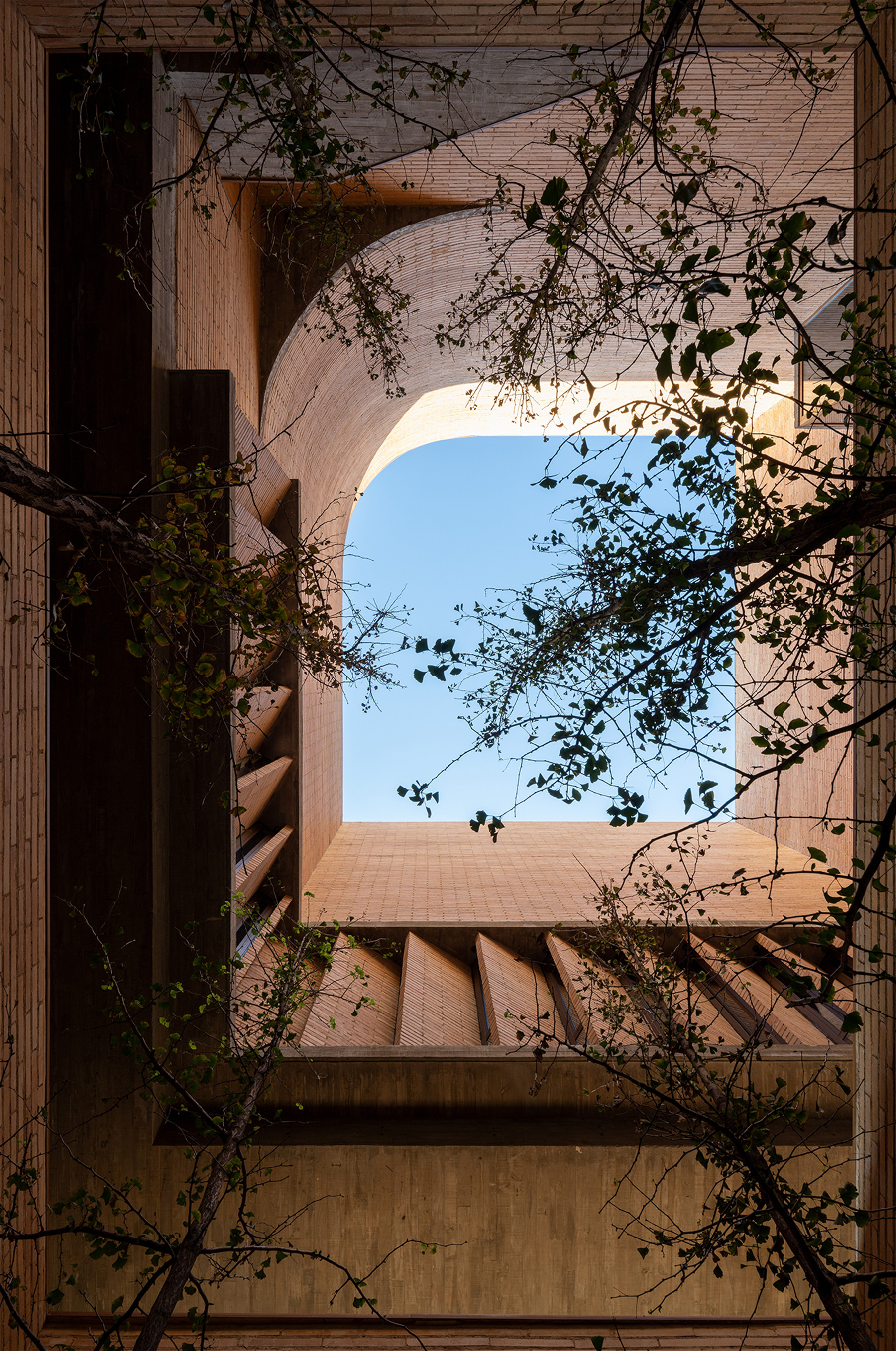 庭院 摄影:陈颢 庭院 摄影:陈颢
 庭院和室外平台 摄影:陈颢 庭院和室外平台 摄影:陈颢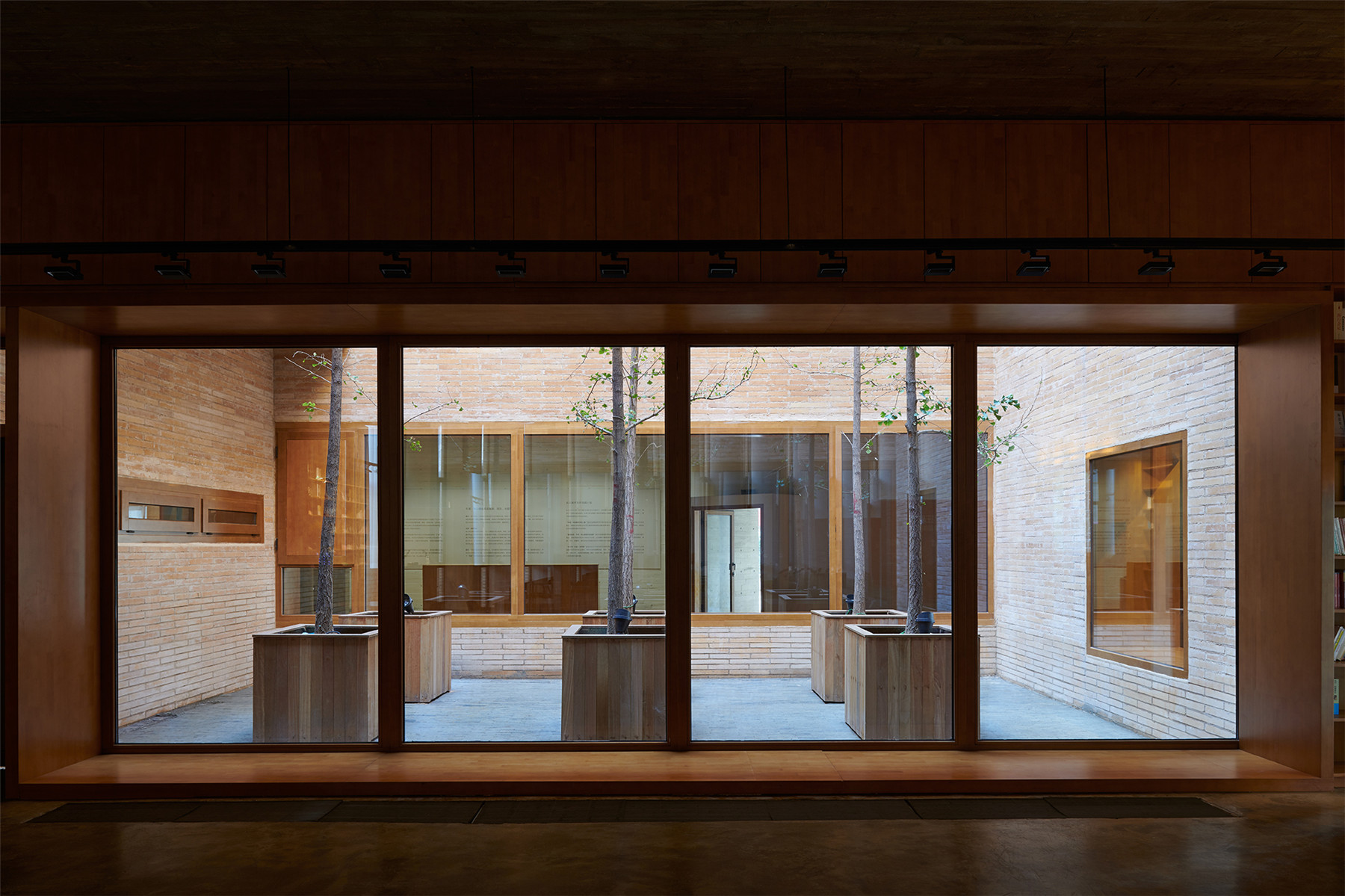 从门厅看向庭院 摄影:陈颢 从门厅看向庭院 摄影:陈颢
 入口门厅 摄影:陈颢 入口门厅 摄影:陈颢在美术馆内部,一个底部直径5.7米、高16.4米的“光塔”是整体空间组织的“锚固点”。“光塔”既是起点也是终点。人们对这个空间的体验从底层开始,参观路径中会有两次对望,结束于沿“光塔”外层环绕而下的螺旋楼梯。 The galleries of the museum are arranged around a light well with 5.7 meters in diameter and 16.4 meters in height, which serves as the organizing “anchor” for all the spaces. The light well is both the starting point and the end point. People will start from passing through the bottom part of the light well, walk along the spiral staircase coiling up to the galleries while inadvertently looking back into the light well through the apertures at different levels, and eventually conclude the journey stepping down from the top gallery along the light well again back to the starting point.
 草图 ©直向建筑 草图 ©直向建筑
 光塔内景 摄影:陈颢 光塔内景 摄影:陈颢 从螺旋楼梯看向光塔和二层展厅 摄影:陈颢 从螺旋楼梯看向光塔和二层展厅 摄影:陈颢 从螺旋楼梯看向光塔空间和展厅 摄影:陈颢 从螺旋楼梯看向光塔空间和展厅 摄影:陈颢 从螺旋楼梯看向光塔空间 摄影:陈颢 从螺旋楼梯看向光塔空间 摄影:陈颢在展览空间内,自然光经过天窗柔化过滤,再透过1.9米见方、1.9米深的井字梁格构渗入展厅,形成一种匀质的、笼罩性的光线。 While inside the galleries, natural light is filtered and softened by the skylights, penetrating through a grid of 1.9 x 1.9 square meter waffle beam and filling the interior with a homogeneous and immersive light quality.
 二层展厅 摄影:陈颢 二层展厅 摄影:陈颢 东侧楼梯 摄影:陈颢 东侧楼梯 摄影:陈颢 四层展厅 摄影:陈颢 四层展厅 摄影:陈颢 从展厅看向放映厅 摄影:陈颢 从展厅看向放映厅 摄影:陈颢连接二层与四层的外挂楼梯、内院的角窗、四层展厅西南角的竖向开缝,为沉浸于展览当中的人们提供了回眸城市的瞬间。 Furthermore, the exterior staircase that connects the second through fourth floors, the protruding corner window on the fourth floor, and a southwest-facing vertical window on the same floor all provide museum visitors with glimpses of the contemporary cityscape of Taiyuan.
 从放映厅看向角窗 摄影:陈颢 从放映厅看向角窗 摄影:陈颢 庭院和室外平台 摄影:陈颢 庭院和室外平台 摄影:陈颢 从角窗看向庭院 摄影:陈颢 从角窗看向庭院 摄影:陈颢 四层展厅竖向长窗 摄影:陈颢 四层展厅竖向长窗 摄影:陈颢 四层展厅竖向长窗特写 摄影:陈颢 四层展厅竖向长窗特写 摄影:陈颢 四层展厅墙特写 摄影:陈颢 四层展厅墙特写 摄影:陈颢在我们看来,长江美术馆就像一块坚硬的砖,在这个特定的空间和时间的坐标点上,沉默并注视着周边喧嚣和变化着的城市。 As we see it, Changjiang Art Museum is like a solid block of brick – occupying a specific space-time coordinate, bearing witness silently and attentively to the clamorous and ever-changing city around it.
 西北视角街景 摄影:陈颢 西北视角街景 摄影:陈颢 东北视角街景 摄影:陈颢 东北视角街景 摄影:陈颢 室外平台 摄影:陈颢 室外平台 摄影:陈颢
 模型照片 ©直向建筑 模型照片 ©直向建筑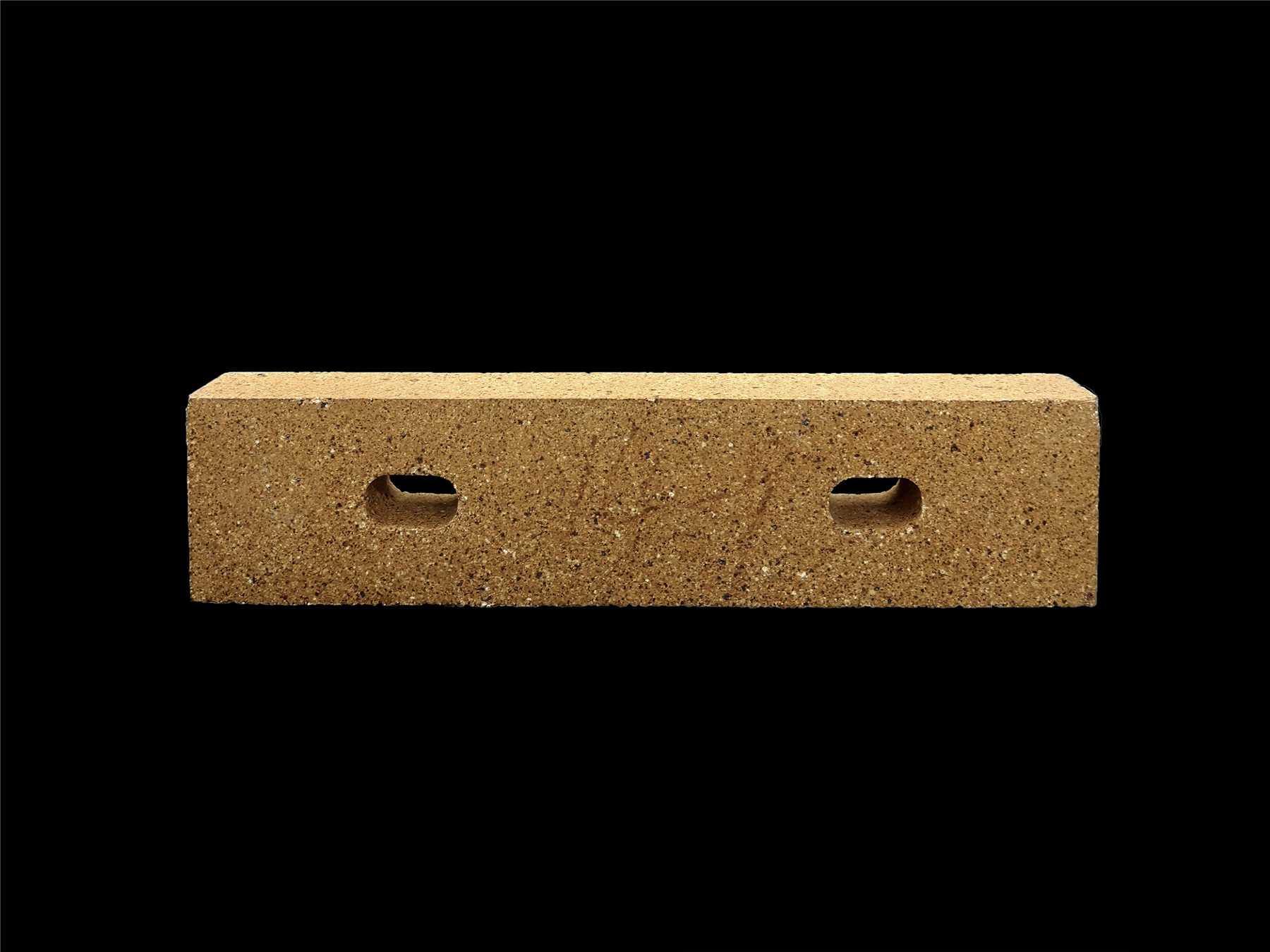 外墙高铝耐火砖 ©直向建筑 外墙高铝耐火砖 ©直向建筑
设计图纸 ▽ 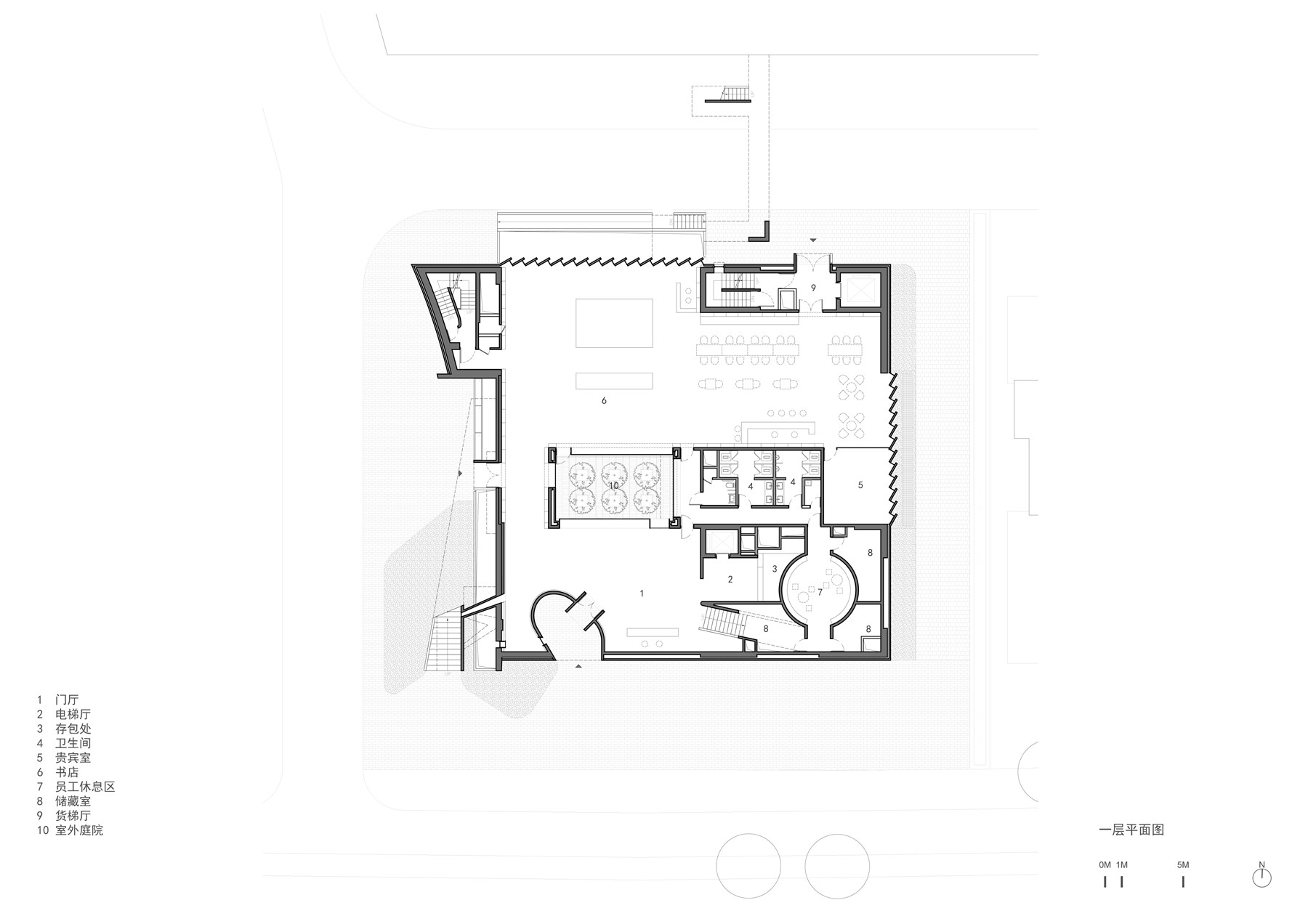 一层平面图 ©直向建筑 一层平面图 ©直向建筑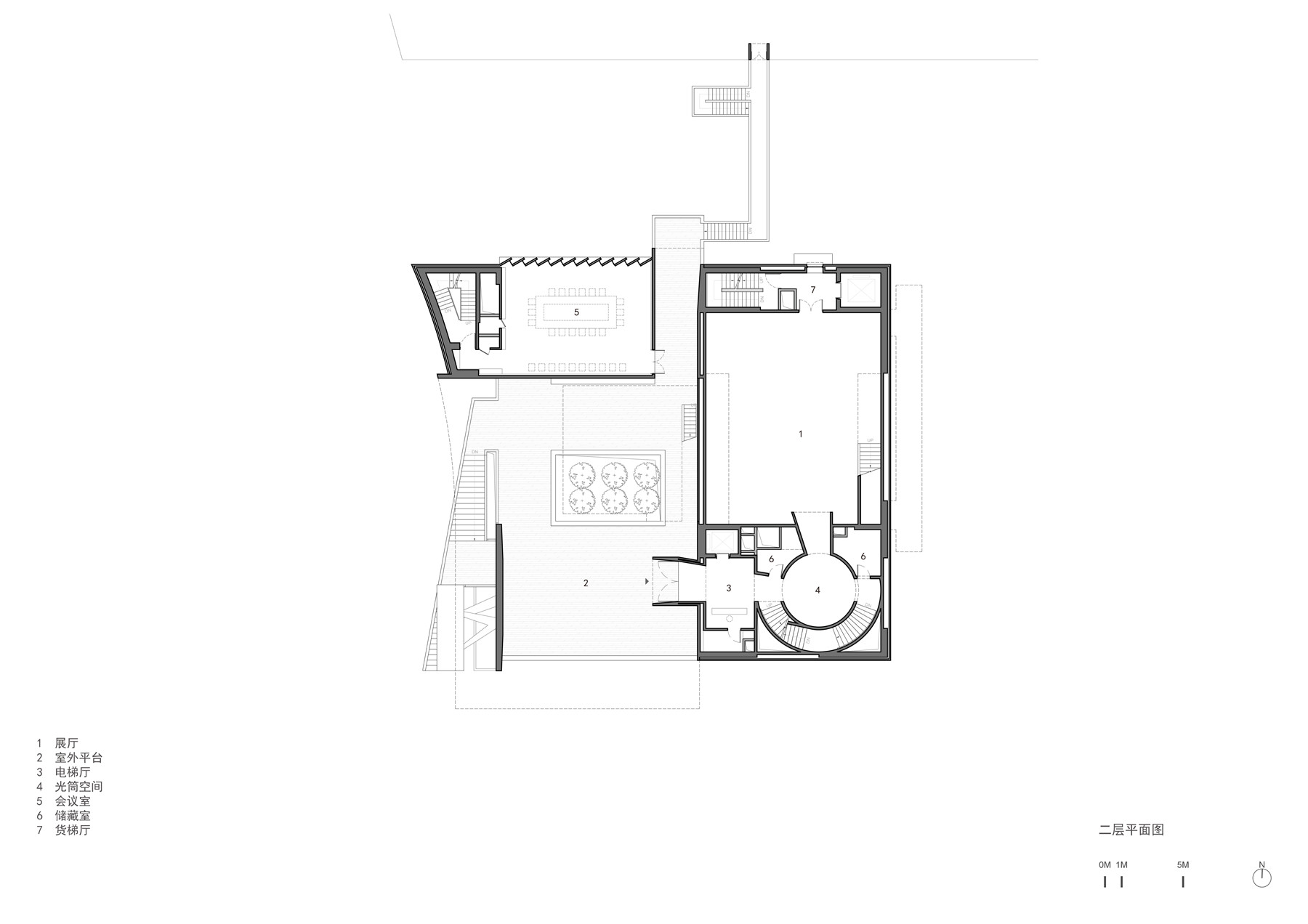 二层平面图 ©直向建筑 二层平面图 ©直向建筑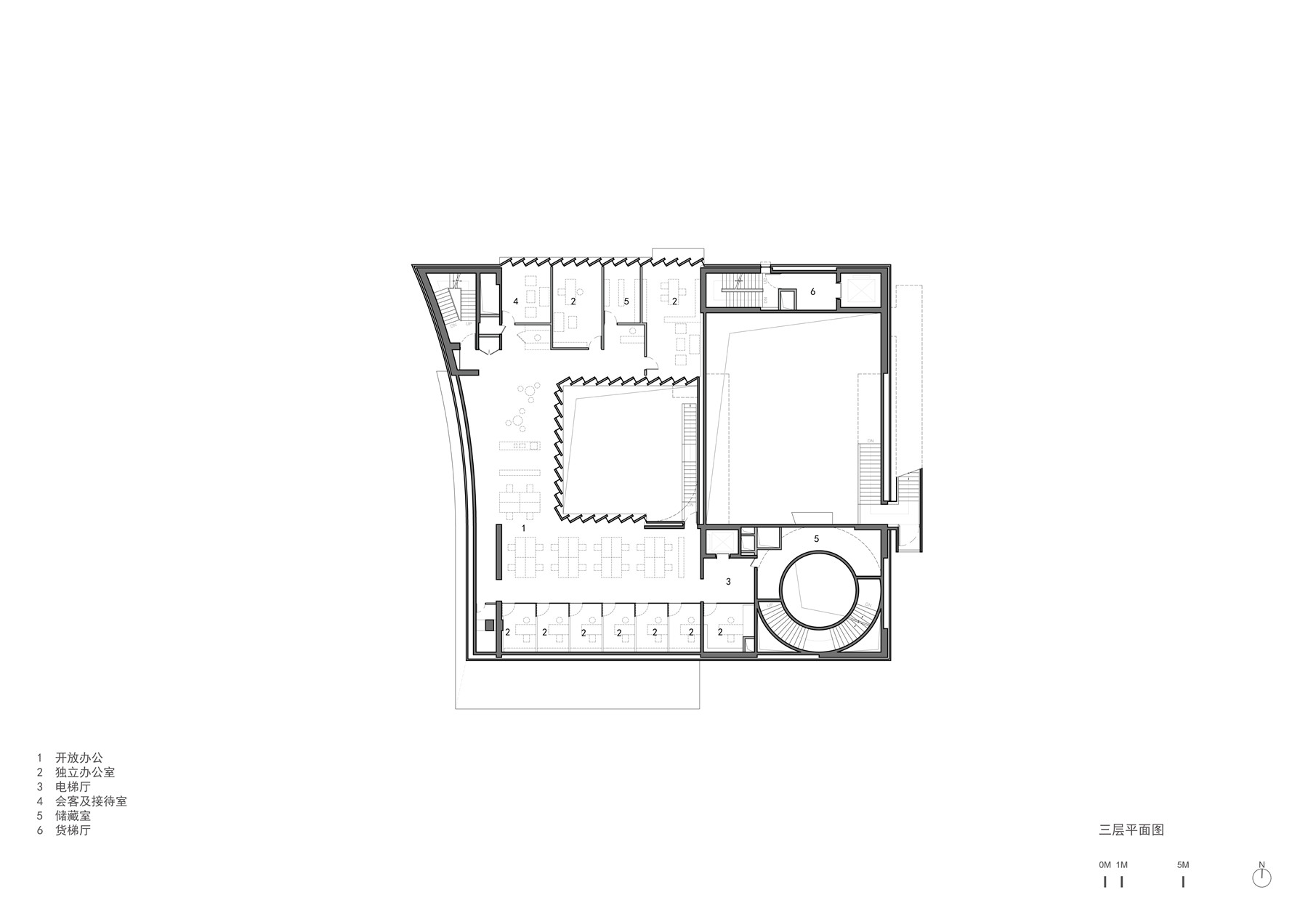 三层平面图 ©直向建筑 三层平面图 ©直向建筑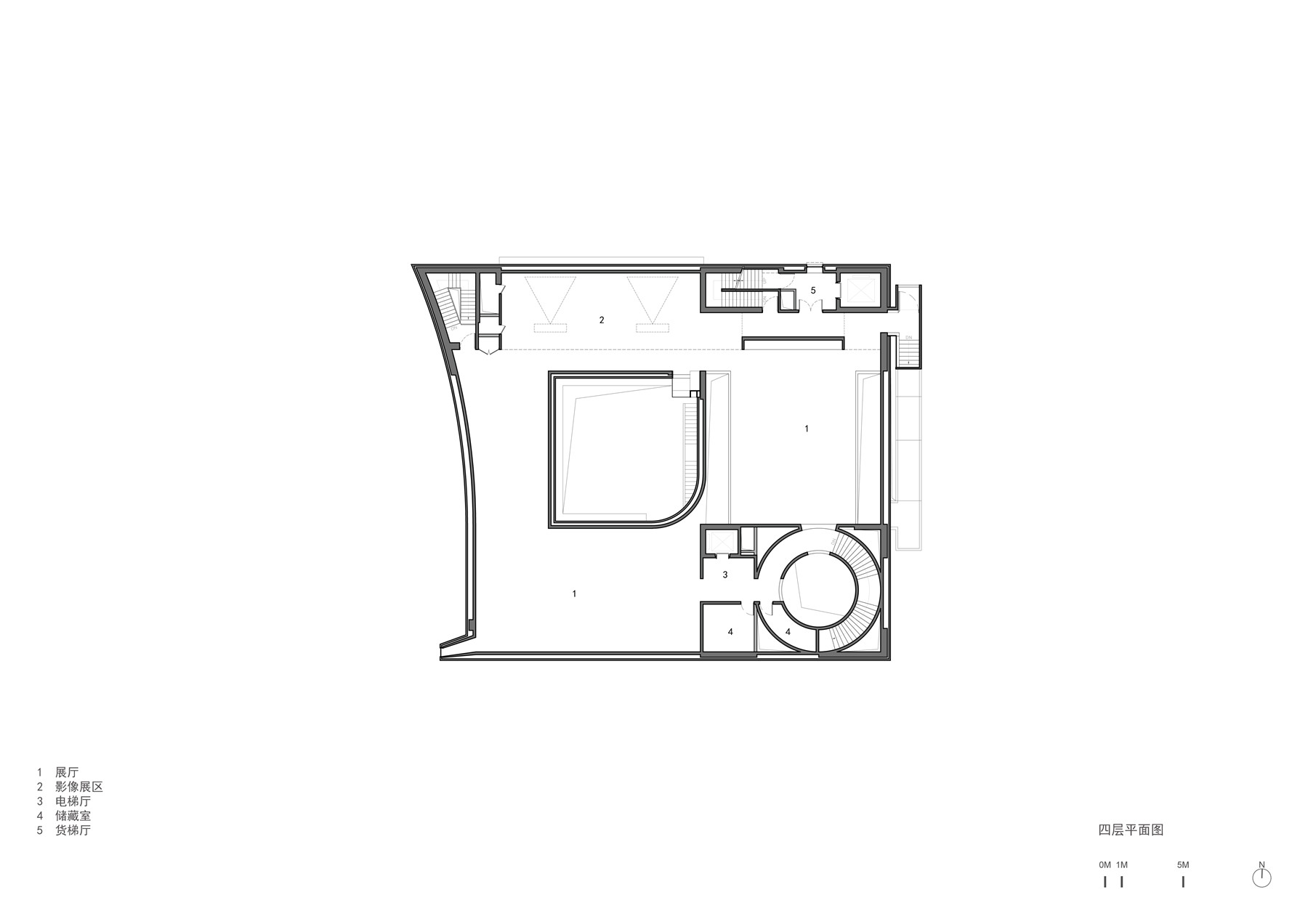 四层平面图 ©直向建筑 四层平面图 ©直向建筑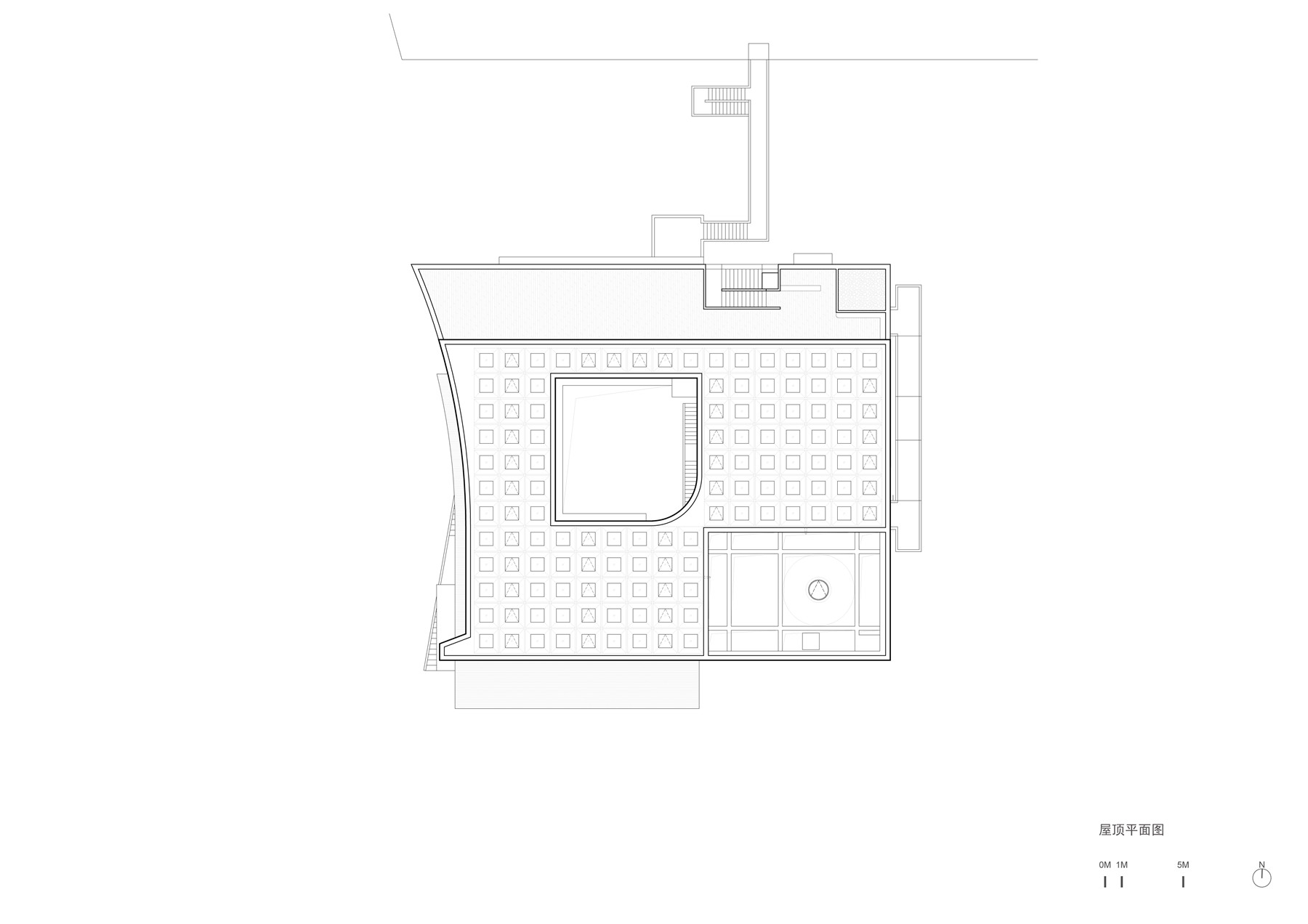 屋顶平面图 ©直向建筑 屋顶平面图 ©直向建筑
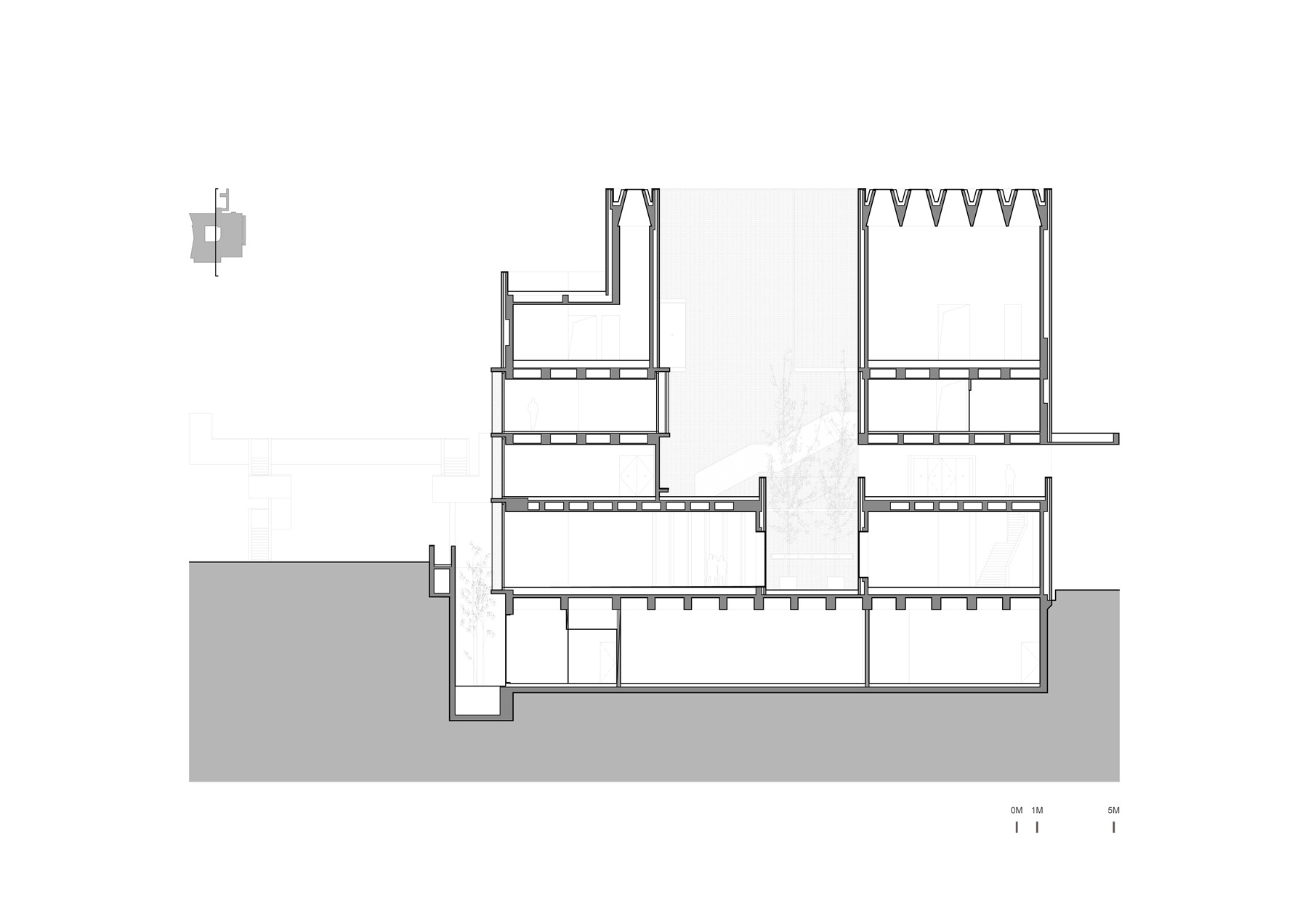 剖面图 ©直向建筑 剖面图 ©直向建筑完整项目信息 地理位置:山西省太原市杏花岭区长江村,中国 建筑/室内/景观设计:直向建筑 主持建筑师:董功 项目建筑师:孙栋平 建造管理:赵亮亮 驻场建筑师:郭天舒、陈振强 项目成员:马小凯、陈振强、张恺、蒋昱程、滕晓曈、赵丹 当地设计院:北京弘石嘉业建筑设计有限公司 合作项目建筑师:张翠珍 合作建筑师:李默 结构设计:薛微、钟志宏、田熙 机电设计:沈隽、郝书妨、张建霞、师科峰、李英平 灯光顾问:清华大学建筑学院张昕工作室 业主:山西千渡房地产开发有限公司 结构类型:钢筋混凝土剪力墙结构 建筑材料:木模混凝土、粘土砖、竹钢、青砖 建筑面积:3900 平方米 占地面积:1100 平方米 设计周期:2016年5月—2017年3月 建设周期:2017年3月—2019年9月 摄影:陈颢
版权声明:本文由直向建筑授权有方编辑发布,欢迎转发,禁止以有方编辑版本转载。 投稿邮箱:[email protected] |
【本文地址】
今日新闻 |
推荐新闻 |
